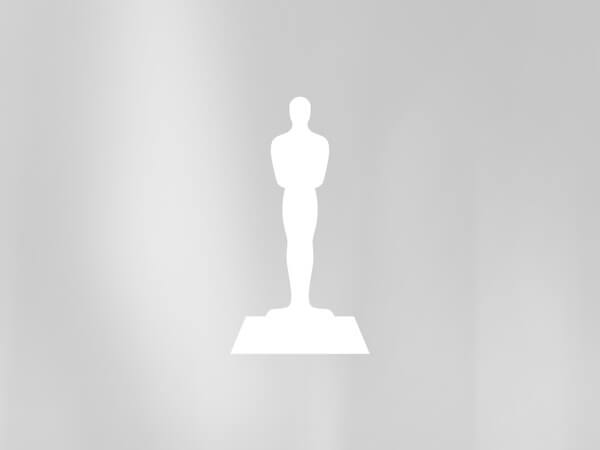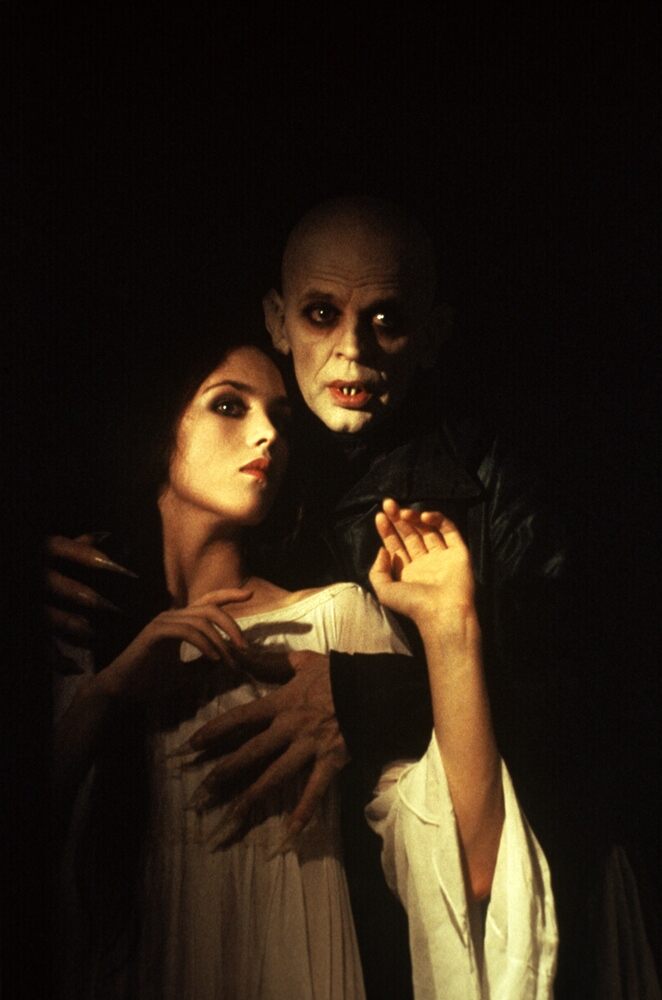
Bing Theater
Los Angeles County Museum of Art
5905 Wilshire Blvd, Los Angeles
NOSFERATU
Friday, October 10 | 7:30 p.m.
The quintessential vampire film of the silent era, F.W. Murnau's unauthorized adaptation of Bram Stoker's Dracula depicts the immortal villain as a spindly monster. Nosferatu was an atypical Expressionist film in that much of it was shot on location. While directors such as Lang and Lubitsch built vast forests and entire towns within the studio, Nosferatu's landscapes, villages and castle were actual places in the Carpathian Mountains. Murnau was thus able to infuse the story with the subtle
tones of nature: pure and fresh as well as twisted and sinister. Max Schreck cut such an indelible figure as the angular Count Orlok that his bald bulbous head, ghastly fangs and talon-like fingers have been paid homage in the ensuing decades from such disparate admirers as German auteur Werner Herzog (Nosferatu the Vampyre, also screening tonight), British pop group Queen (in the "Under Pressure" music video), and Kiwi comedians Jemaine Clement and Taika Waititi (in the new vampire mockumentary What We Do in the Shadows).
1922, 81 minutes, black and white, DCP | Directed by F.W. Murnau; written by Henrik Galeen, based on the novel Dracula by Bram Stoker; with Max Schreck, Gustav v. Wanghenheim, Greta Schroeder, G.H. Schnell, Ruth Landshoff, Gustav Botz.
NOSFERATU THE VAMPYRE
Friday, October 10 | 9:00 p.m.
(New restoration)
The collaboration between Werner Herzog and his “best fiend,” actor Klaus Kinski, resulted in some of the most memorable films of European cinema, beginning with Aguirre, the Wrath of God. The duo teamed up for the second time on this lavish color remake of the F.W. Murnau vampire classic. Kinski is Dracula (with elaborate makeup reprising the alien look of Max Schreck in the original Nosferatu), Isabelle Adjani (two years pre-Possession) is his
intended, the self-sacrificing Lucy, and Bruno Ganz (Wings of Desire, Downfall) is the hero Jonathan. Herzog demonstrated that the striking, black-and-white imagery of Murnau’s masterpiece could be just as evocative when translated to contemporary color cinema. Herzog shot both English- and German-language versions of his Nosferatu, but ultimately it was the German edition that was released in the United States, and that is the one the Academy will screen at the Bing.
1979, 107 minutes, color, DCP | Written and directed by Werner Herzog, based on the character Dracula created by Bram Stoker; with Klaus Kinski, Isabelle Adjani, Bruno Ganz, Roland Topor, Walter Ladengast.


